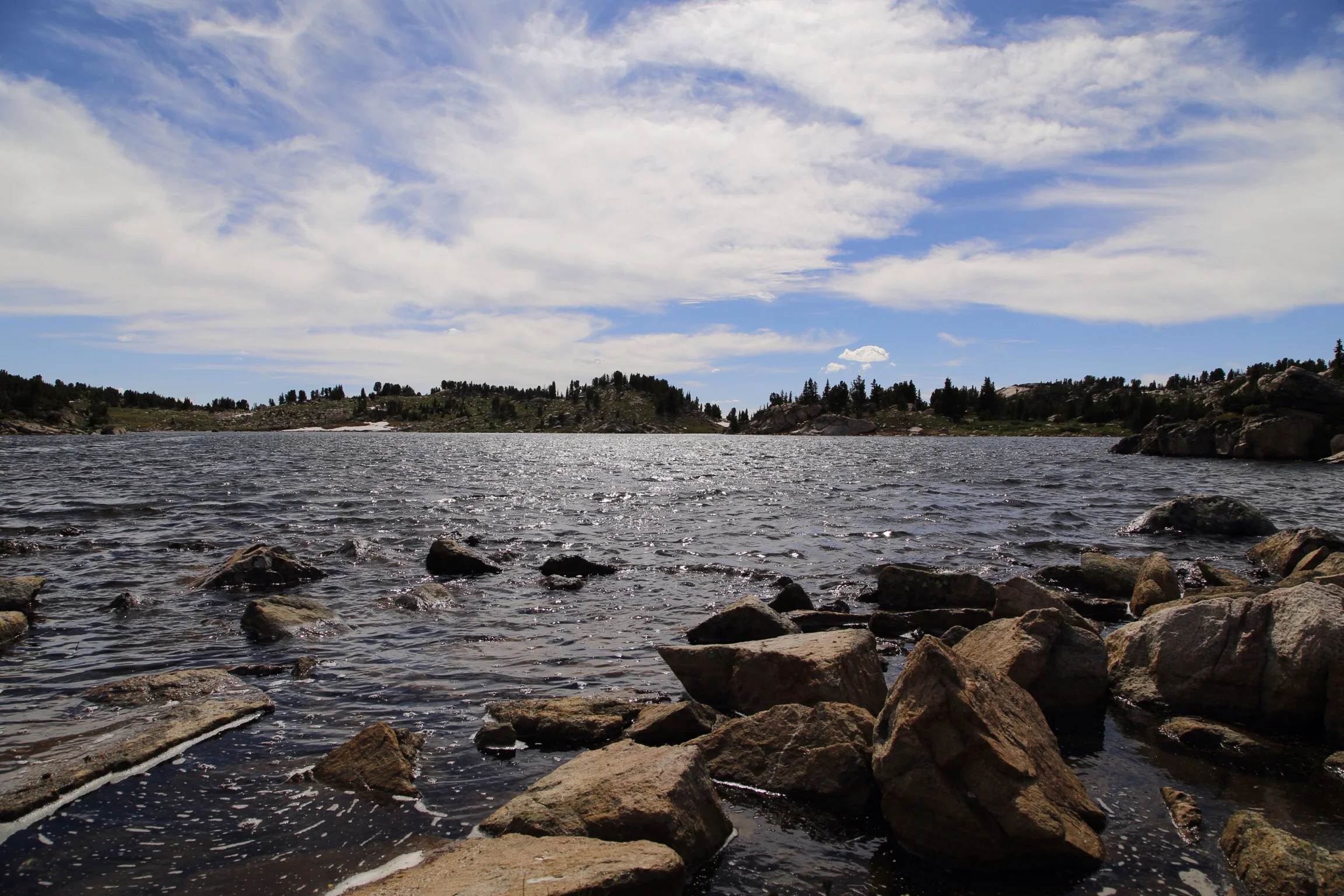amos taiswa
Biofouling Mitigation using Polydopamine/Copper Coater Polypropylene Spacers with Periodic Hydrogen Peroxide Cleaning
Reverse Osmosis (RO) is one of the most effective techniques used in water desalination. Biofouling, which is the deposition and growth of bacteria on membrane surfaces persists as an Achilles’ heel in RO. Over the years, scientists and engineers have researched and studied different techniques to mitigate biofouling. The use of biocidal metals such as copper and silver has been suggested as an effective alternative. Improving the longevity of these metal ions on the membrane or support spacers has been suggested to be critical in attaining a long-lasting solution. Herein, polydopamine’s chelation nature to metal ions is investigated on copper ions onto a polypropylene (PP) spacer (mesh), the longevity of these ions is tested in a bench-scale RO system. The supplementary effect of hydrogen peroxide on biofilm is investigated as well.
Amos Taiswa is a Ph.D. student at Montana Technological University. Amos’ studies and research are centered on membrane technologies and biofilm control in engineered water systems such as reverse osmosis and ultrafiltration. He investigates removal of unpleasant salts such as nitrates and sulfates on the Judith River Watershed (JRW). He implements a material fabrication technique i.e., electrospinning to producing polymers designed to reduce biofouling. The fabricated polymers, in most cases, contain antimicrobial and anti-quorum sensing materials doctored onto them for effective biofilm control and removal. He believes that his research will help reduce the water shortage facing over 41% of the world’s population.

